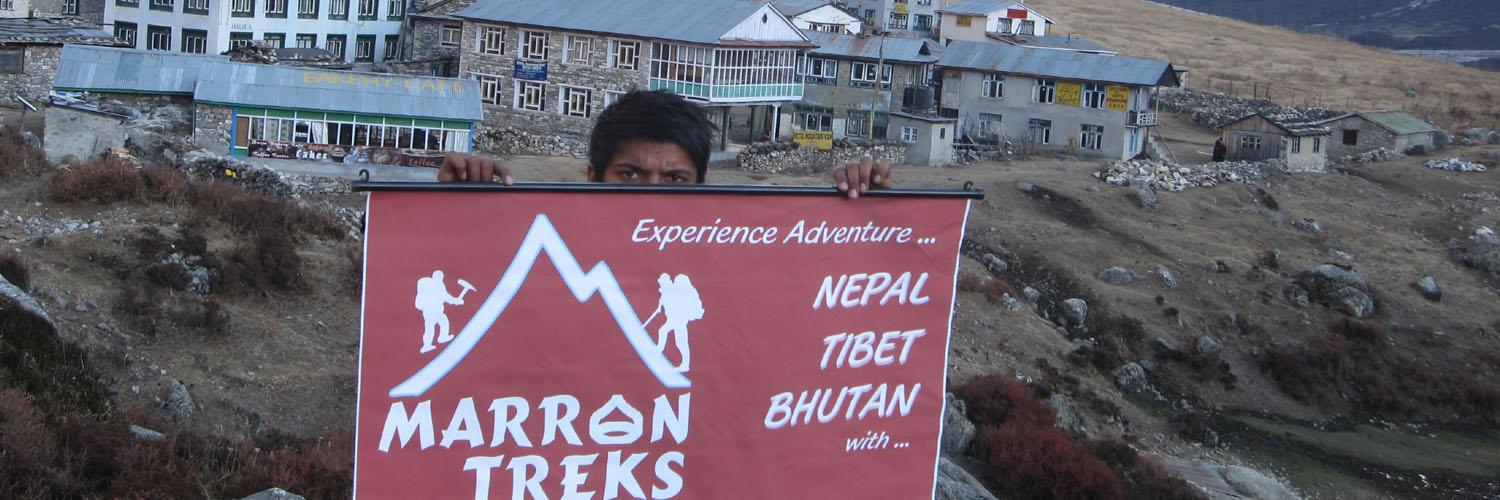1. What is the Langtang Valley Trek?
The Langtang Valley Trek is a popular and rewarding trekking route in the Langtang region of Nepal. It takes you through the beautiful Langtang Valley, offering stunning views of snow-capped mountains, lush forests, and charming local villages.
2. What is the starting point of the trek?
The trek usually starts from a village called Syabrubesi, which is accessible by road from Kathmandu, the capital city of Nepal.
3. Is the Langtang Valley Trek difficult?
The Langtang Valley Trek is considered a moderate trek, suitable for trekkers with a basic level of fitness. The trail involves some uphill and downhill sections, but it does not reach extremely high altitudes, making it accessible to a wide range of trekkers.
4. What is the best time to do the Langtang Valley Trek?
The best time for the Langtang Valley Trek is during the spring (March to May) and autumn (September to November) seasons. These months offer stable weather, clear skies, and pleasant temperatures, making the trekking experience more enjoyable.
5. Are permits required for the Langtang Valley Trek?
Yes, like most treks in Nepal, you need to obtain permits for the Langtang Valley Trek. The required permits typically include the Langtang National Park entry permit and the Trekkers’ Information Management System (TIMS) card.
6. What kind of accommodation is available along the trail?
Teahouses and lodges are available along the Langtang Valley Trek route, providing basic accommodation and meals. While the facilities may not be as luxurious as in more popular trekking areas, they are sufficient to meet the needs of trekkers.
7. What are the highlights of the Langtang Valley Trek?
The Langtang Valley Trek offers a variety of highlights, including stunning views of the Langtang Lirung and other snow-capped peaks, exploring the culturally rich Langtang Valley, visiting the beautiful Kyanjin Gompa monastery, and experiencing the warm hospitality of the Tamang and Sherpa communities.


